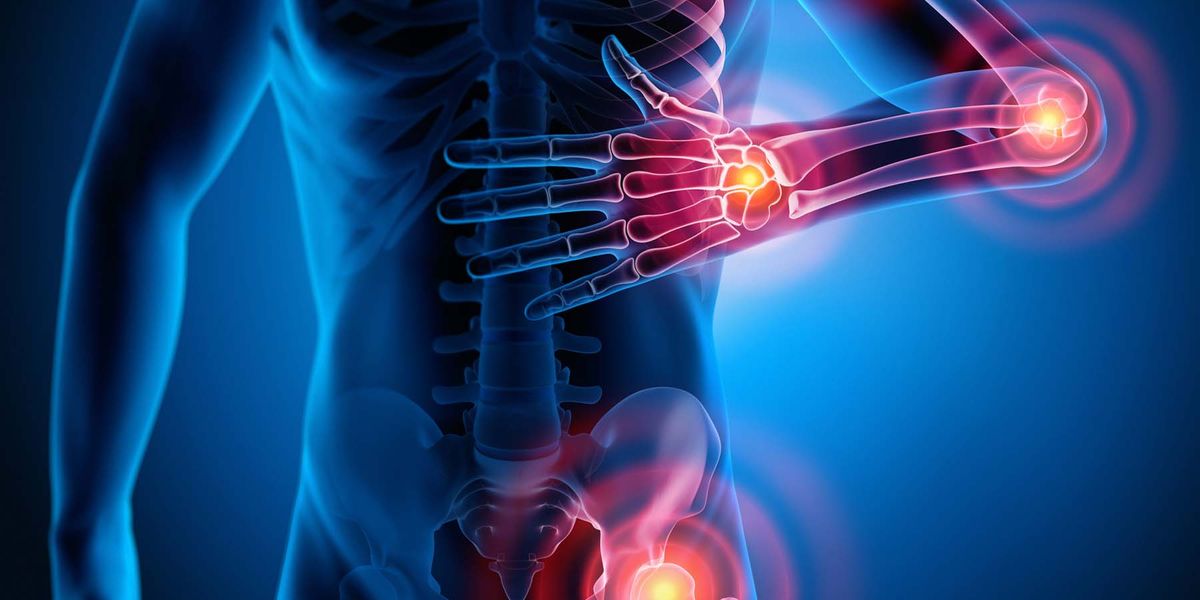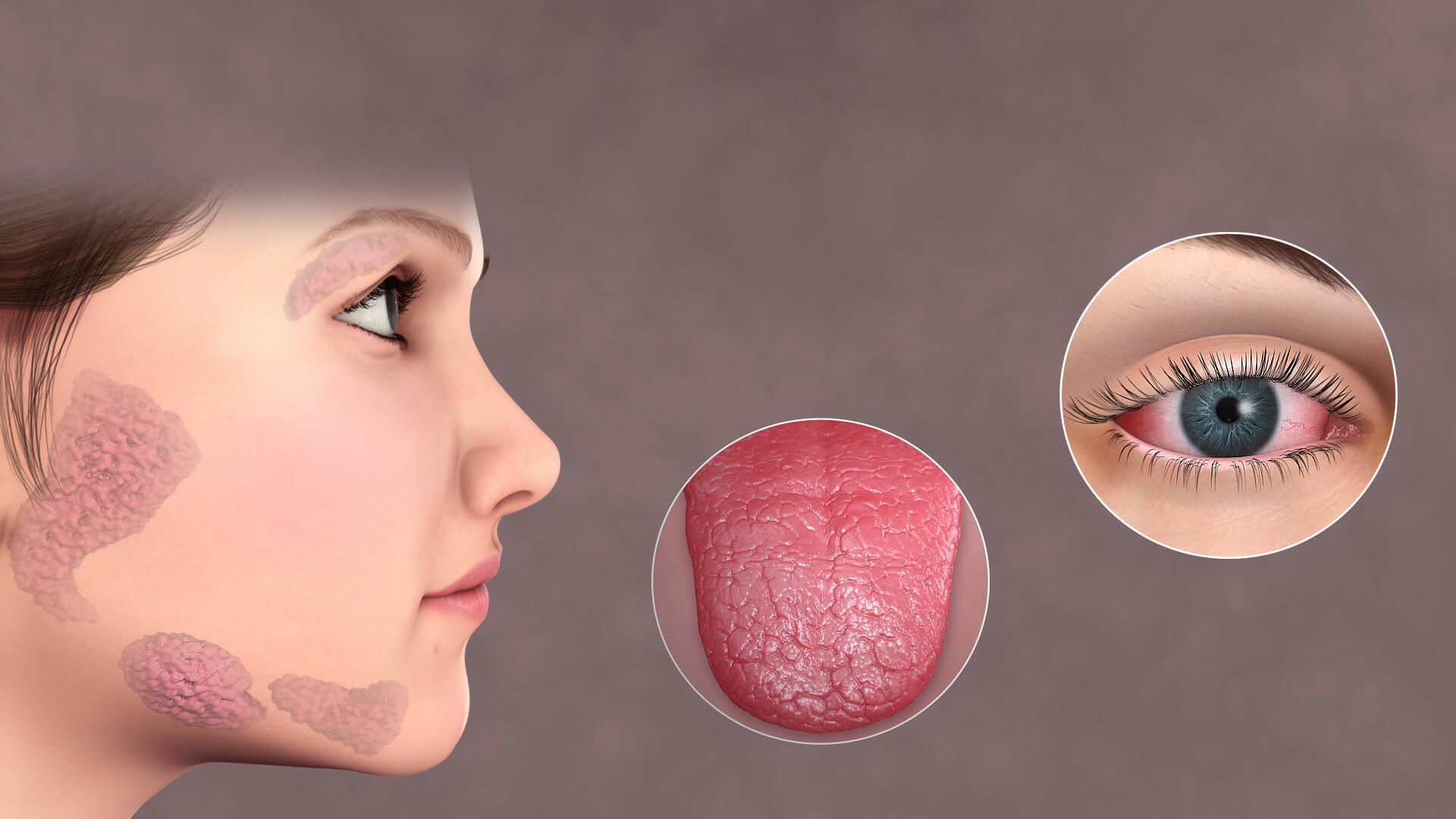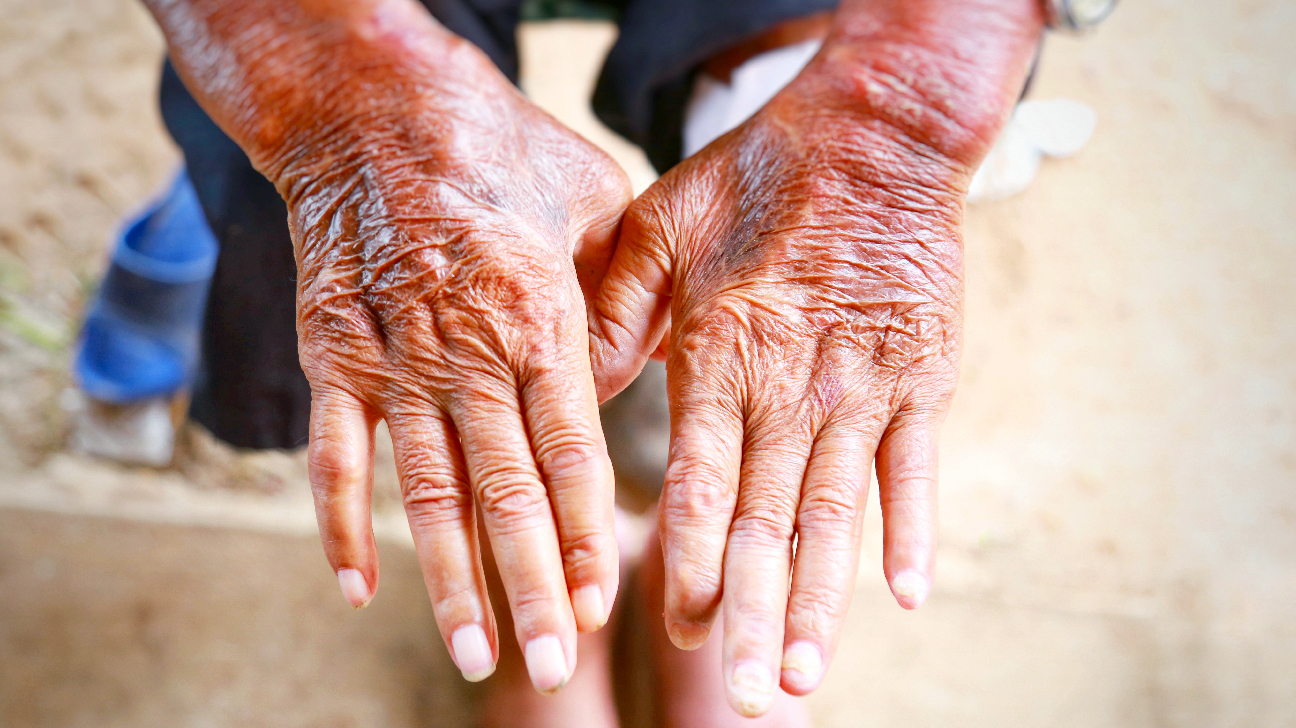Rheumatoid arthritis is an auto immune disease that can cause joint pain , inflammation , and damage throughout your body.
The joint damage that RA causes usually happens on both sides of the body .
So , if a joint is affected in one of your arms or legs , the same joint in the other arm or leg will probably be affected too. This is one way that doctors substantively distinguish RA from other forms of arthritis .
RA is a chronic disease marked by symptoms of inflammation and pain in the joints . These symptoms and signs increase during periods known as flares or exacerbations .
Other times , known as periods of remission — this is when symptoms can disappear completely .
RA symptoms commonly affect joints in the hands , wrists , and knees , but can also affect tissues and organs throughout the body including the lungs , heart , and eyes .
Rheumatoid Arthritis Symptoms
Sometimes , RA can be tough to figure out . Symptoms may come and go , and they aren’t the same in all people who have it .
Doctors usually keep their eye out for these specific things :
+ Joint pain / swelling / stiffness , especially in small joints like your wrists , hands , or feet .
+ Discomfort for at least 6 weeks at the start
+ Morning stiffness that lasts at least 30 minutes
+ Pain or aching in more than one joint
+ Tenderness and swelling in more than one joint
+ Low – grade fever
+ The same joint symptoms on both sides of the body
+ Fatigue
+ Loss of appetite
Causes
RA is an auto immune disorder and is the result of your body’s immune system attacking healthy body tissues .
However , the specific causes of RA are not yet known . If RA is not treated , the joint will become damaged and lose its shape and alignment , eventually becoming destroyed .
Some risk factors that can spur Rheumatoid Arthritis are :
Age factor , sex , genetics , smoking , obesity , and diet .
Rheumatoid arthritis diagnosis
Your healthcare provider may order blood tests and x-rays to help confirm a diagnosis . You will invariably be pointed to a specialist in diagnosing and treating RA .
This type of doctor is called a rheumatologist , who may use several different types of tests . The signs they look out for :
+ Testing your reflexes and muscle strength
+ Swelling and redness
+ Examining joint function and range of motion
+ Touching the affected joints to check for warmth and tenderness
Tests are important , not only to show if joint damage has occurred , but also how severe the damage is .
RA Complications are :
+ Joint damage
+ Premature heart disease
+ Carpal tunnel syndrome
+ Pneumonia
+ Chest pain
+ Pulmonary fibrosis
Rheumatoid Arthritis Treatment
Don’t panic if you find out you have rheumatoid arthritis . As part of rheumatoid arthritis treatment , your doctor will probably prescribe a non steroidal anti inflammatory drug ( NSAID ) .
These medications reduce pain and inflammation , but don’t slow RA . Many come as pills or tablets .
Over -the -counter NSAIDs include ibuprofen and naproxen .
DMARDS
This stands for disease – modifying anti rheumatic drugs . They curb your immune system to help slow RA or keep it from getting worse . This are prescriptions like Trexall .
BIOLOGICS
When other DMARDs don’t ease Rheumatoid Arthritis symptoms and inflammation , doctors may recommend a biologic .
Biologics block specific parts of the immune system that play a key role in inflammation of rheumatoid arthritis . These drugs can work quickly to ease joint pain and swelling . Etanercept ( Enbrel ) , and Tocilizumab are some of the biologics .
Steroids
For severe RA or when symptoms flare , steroids are usually recommended to ease pain and stiffness .
In most cases they can be used temporarily to calm a flare , while some people need to take steroids for a longer time to control pain and inflammation .
Common steroids include :
Hydrocortisone ( cortef ) , methylprednisolone ( medrol ) , and Prednisone ( deltasone) .
Joint damage usually can’t be reversed after it’s dire effects have set home , but steroids do help prevent further damage.
Rheumatoid Arthritis Diet
Some foods that have stood the test of time and highly recommended anywhere are :
+ Eating lots of fiber such as broccoli and berries .
+ Foods high in antioxidants like spinach , kidney beans , and pecans .
+ Go for foods high in Omega 3 Fatty acids like Salmon , tuna , herring .
Summary
Rheumatoid arthritis can cause anguish and misery and develop into severe deformity in your hands and feet . Deformities of the hands and fingers may cause a curved , claw – like appearance .
Your toes can also take on a claw- like look . Sometimes bending upward and sometimes curling under the ball of the foot .
You can avoid the above scenario by working together with your rheumatologist to come up with an effective treatment plan before your RA becomes severe .



